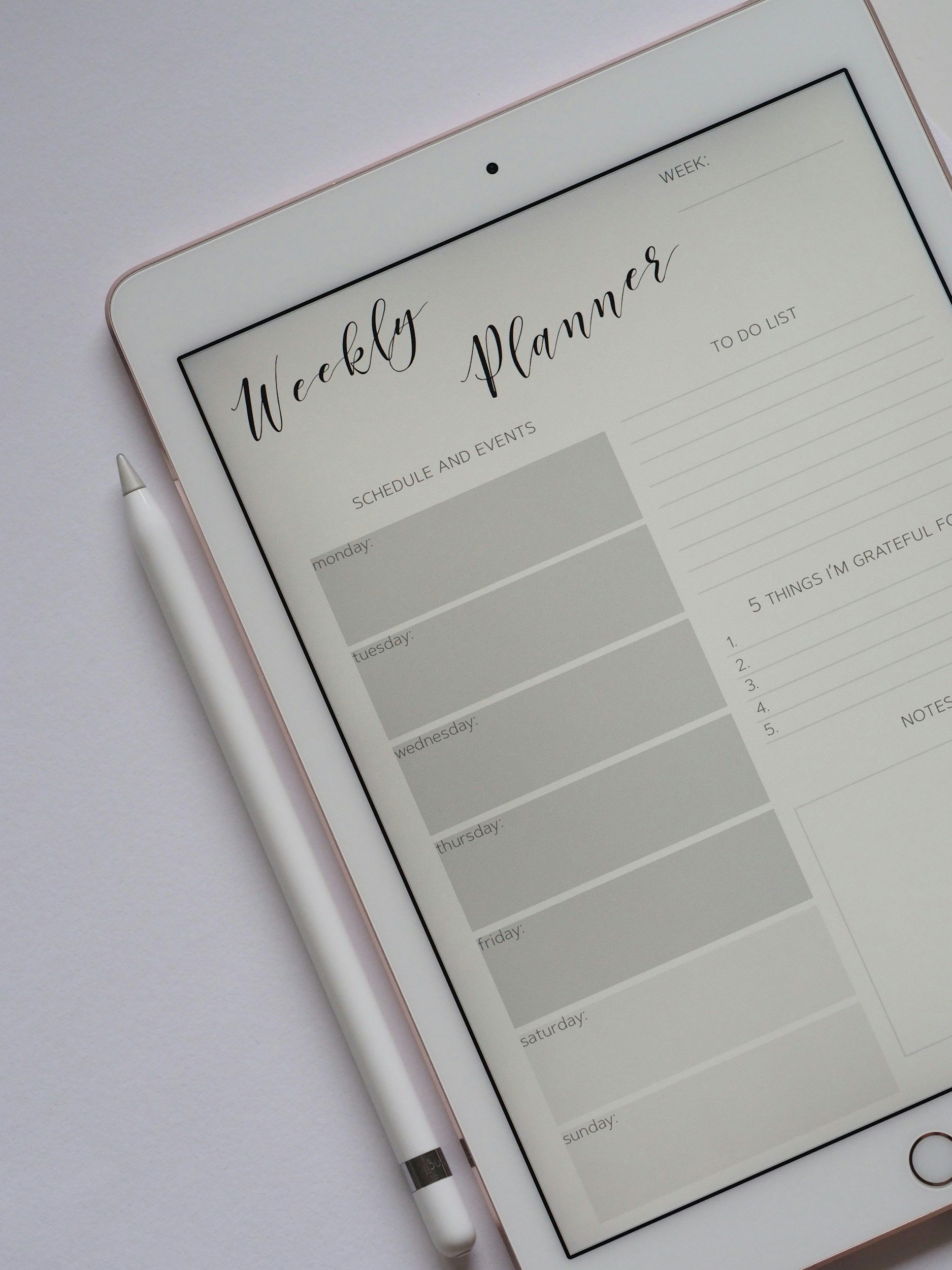
Goal Setting Tools
Goal setting is the process of identifying specific, measurable, achievable, relevant, and time-bound (SMART) objectives that you want to achieve. It involves defining what you want to accomplish and creating a plan to reach those objectives. Effective goal setting can help you stay focused, motivated, and organized, and it can provide a clear path for achieving personal and professional aspirations.
Essential Elements of Goal Setting:
A SMART goal is a framework for setting objectives that are clear, actionable, and achievable. The acronym SMART stands for Specific, Measurable, Achievable, Relevant, and Time-bound. Each component helps in creating goals that are well-defined and easier to track and accomplish. Here’s a breakdown of each element:
Specific: Your goal should be clear and specific, addressing the who, what, where, when, and why. A specific goal helps you focus on what needs to be achieved. For example, instead of saying, “I want to get fit,” a specific goal would be, “I want to run a 5k race in under 30 minutes.”
Measurable: Define criteria for measuring progress and success. This involves quantifying your goal so that you can track your progress. For example, “I want to increase my sales by 20% in the next quarter” provides a clear metric to measure success.
Achievable: Your goal should be realistic and attainable given your resources, knowledge, and time. While it should challenge you, it shouldn’t be so far-fetched that it becomes demotivating. For instance, aiming to learn a new skill within a reasonable timeframe is achievable, whereas setting an unfeasible deadline might not be.
Relevant: Ensure that your goal aligns with your broader objectives and values. It should be important to you and contribute meaningfully to your overall aims. For example, “I want to earn a certification in my field to enhance my career prospects” is relevant if it aligns with your long-term career goals.
Time-bound: Set a deadline for achieving your goal. A clear timeframe creates a sense of urgency and helps you stay focused. For example, “I want to complete this project by December 31” sets a specific deadline, helping you prioritize tasks and manage your time effectively.
Tools to Help with Goal Setting:
SMART Goals Framework: Use the SMART criteria to structure your goals. This method helps you create clear and actionable goals and provides a framework for evaluating progress.
Goal-Setting Apps: There are numerous apps designed to help you set, track, and manage your goals.
Vision Boards: Create a visual representation of your goals using images, words, and symbols. Vision boards can help keep you motivated and remind you of what you’re working towards.
Journals and Planners: Traditional methods like journaling or using a planner can be effective for setting goals, tracking progress, and reflecting on achievements. Look for planners specifically designed for goal setting, such as those with sections for monthly and weekly goals.
Accountability Partners: Share your goals with someone who can hold you accountable. Regular check-ins with an accountability partner can provide support, motivation, and constructive feedback.
Time Management Tools: Tools like the Pomodoro Technique, time-blocking planners, or apps like Focus Booster can help you manage your time effectively and stay focused on goal-related tasks.
Regular Reviews: Schedule regular reviews to assess your progress, adjust your strategies, and celebrate milestones. This helps keep you on track and allows for adjustments as needed.
By leveraging these tools and techniques, you can streamline your goal-setting process and enhance your ability to achieve your objectives. These resources not only make your ambitions more structured but also increase your motivation and clarity.